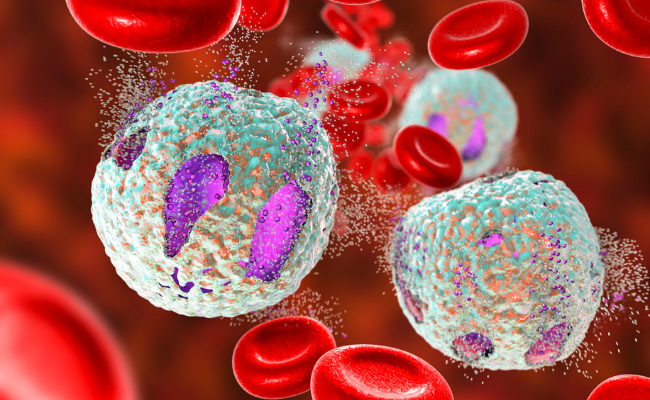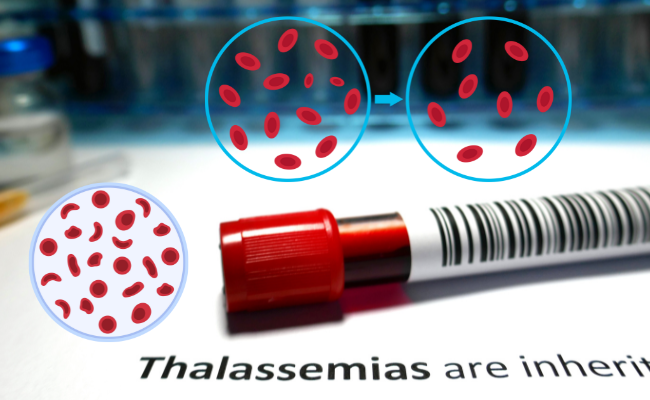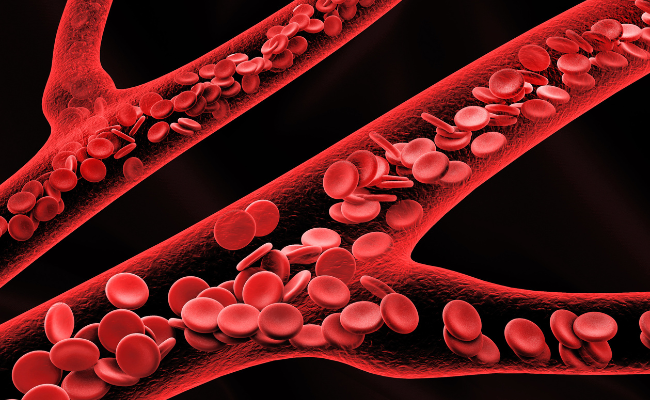How to Treat Amyloidosis?
- October 09, 2023
- No Comments
What is Amyloidosis?
Amyloidosis is an infrequent yet severe medical condition marked by the abnormal buildup of amyloid proteins in various tissues and organs throughout the body. These proteins can create insoluble fibrils, disrupting the normal function and structure of tissues. It results from the transformation or mutation of proteins, leading to the formation of tangled clusters of misshapen proteins on organs and tissues. Amyloidosis can affect specific organs like the heart, kidneys, liver, and lungs, or spread throughout the body.
Why Does Amyloidosis Occur?
Amyloidosis occurs when proteins produced in the bone marrow, such as immunoglobulin light chains (AL amyloidosis) or transthyretin (ATTR amyloidosis), misfold and deposit in various organs. This abnormal accumulation can affect the heart, kidneys, liver, nervous system, and other vital organs.
How Does Amyloidosis Manifest?
The symptoms of amyloidosis can vary widely depending on the organs affected. Common manifestations include:
- Fatigue: A persistent feeling of tiredness and weakness.
- Swelling: Especially in the ankles and legs due to fluid retention.
- Shortness of Breath: If the heart or lungs are affected.
- Weight Loss: Unintentional weight loss.
- Numbness or Tingling: Peripheral neuropathy may occur.
- Skin Changes: Easy bruising and a waxy appearance.
Treatment Solutions for Amyloidosis
- Targeting the Underlying Cause: Identifying and addressing the specific type of amyloidosis is crucial. For AL amyloidosis, treatment often involves addressing the underlying plasma cell disorder, while for ATTR amyloidosis, stabilizing or slowing the progression of the disease may be the focus.
- Chemotherapy: In AL amyloidosis, chemotherapy may be recommended to target and reduce the abnormal plasma cells producing amyloid proteins.
- Stem Cell Transplant: For eligible patients with AL amyloidosis, a stem cell transplant may be considered to replace the diseased bone marrow with healthy stem cells.
- Liver Transplant: In some cases of ATTR amyloidosis, particularly when the liver is the primary source of abnormal protein production, a liver transplant may be an option.
- Medications: Medications such as proteasome inhibitors, immunomodulatory drugs, and monoclonal antibodies may be used to target abnormal plasma cells and manage symptoms.
- Tafamidis and Patisiran: These medications are specifically approved for the treatment of ATTR amyloidosis and work by stabilizing the transthyretin protein, preventing its misfolding and accumulation.
- Supportive Therapies: Depending on the organs affected, supportive therapies may include diuretics for fluid retention, blood pressure management, and pain management for neuropathy.
Benefit Points of Amyloidosis Treatment
- Disease Stabilization: Treatment aims to stabilize or slow the progression of amyloidosis, preventing further organ damage.
- Symptom Relief: Targeted therapies and supportive measures help alleviate symptoms such as fatigue, swelling, and neuropathy.
- Improved Organ Function: Early diagnosis and appropriate treatment can improve or preserve organ function, particularly in the heart, kidneys, and nervous system.
- Enhanced Quality of Life: Managing amyloidosis effectively contributes to an improved quality of life for individuals, allowing them to engage in daily activities with less disruption.
- Prevention of Complications: Timely intervention helps prevent complications associated with advanced amyloidosis, such as heart failure, kidney failure, and severe neuropathy.
- Tailored Approaches: Treatment plans are tailored to the specific type of amyloidosis and the organs involved, ensuring a personalized and effective approach.
- Advancements in Medications: Ongoing research has led to the development of targeted medications for amyloidosis, offering more options and improved outcomes for patients.








.jpg)
Comments (0)
No comments yet